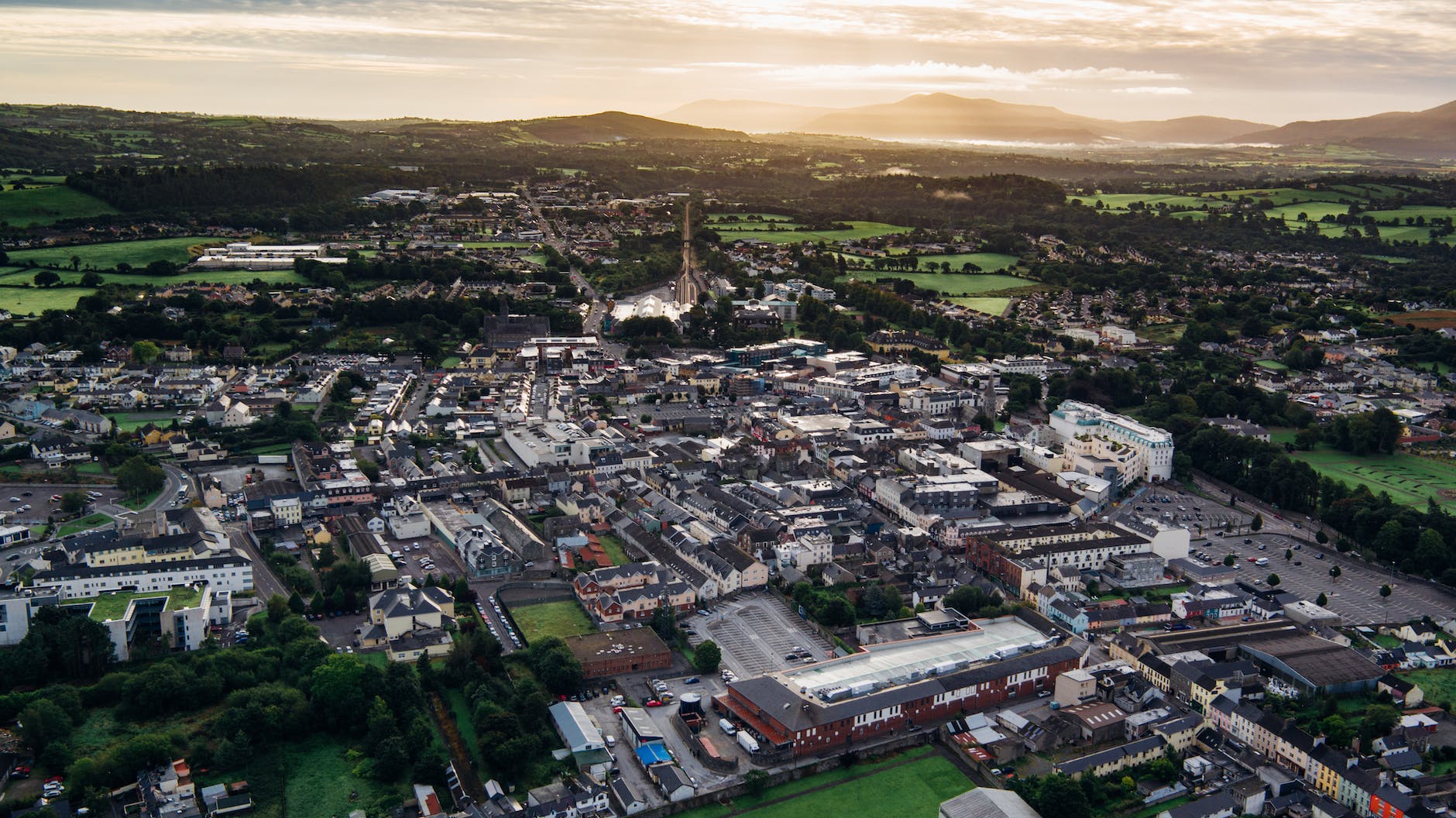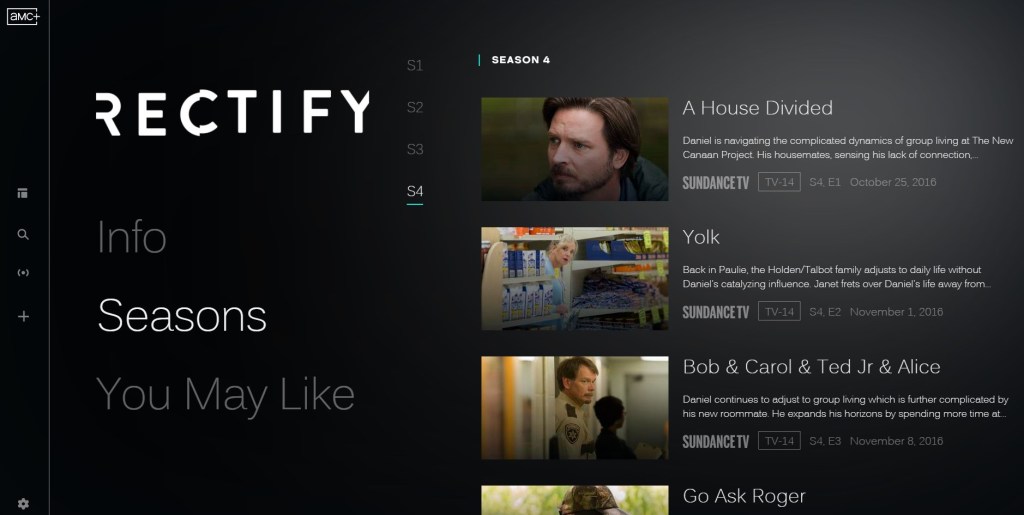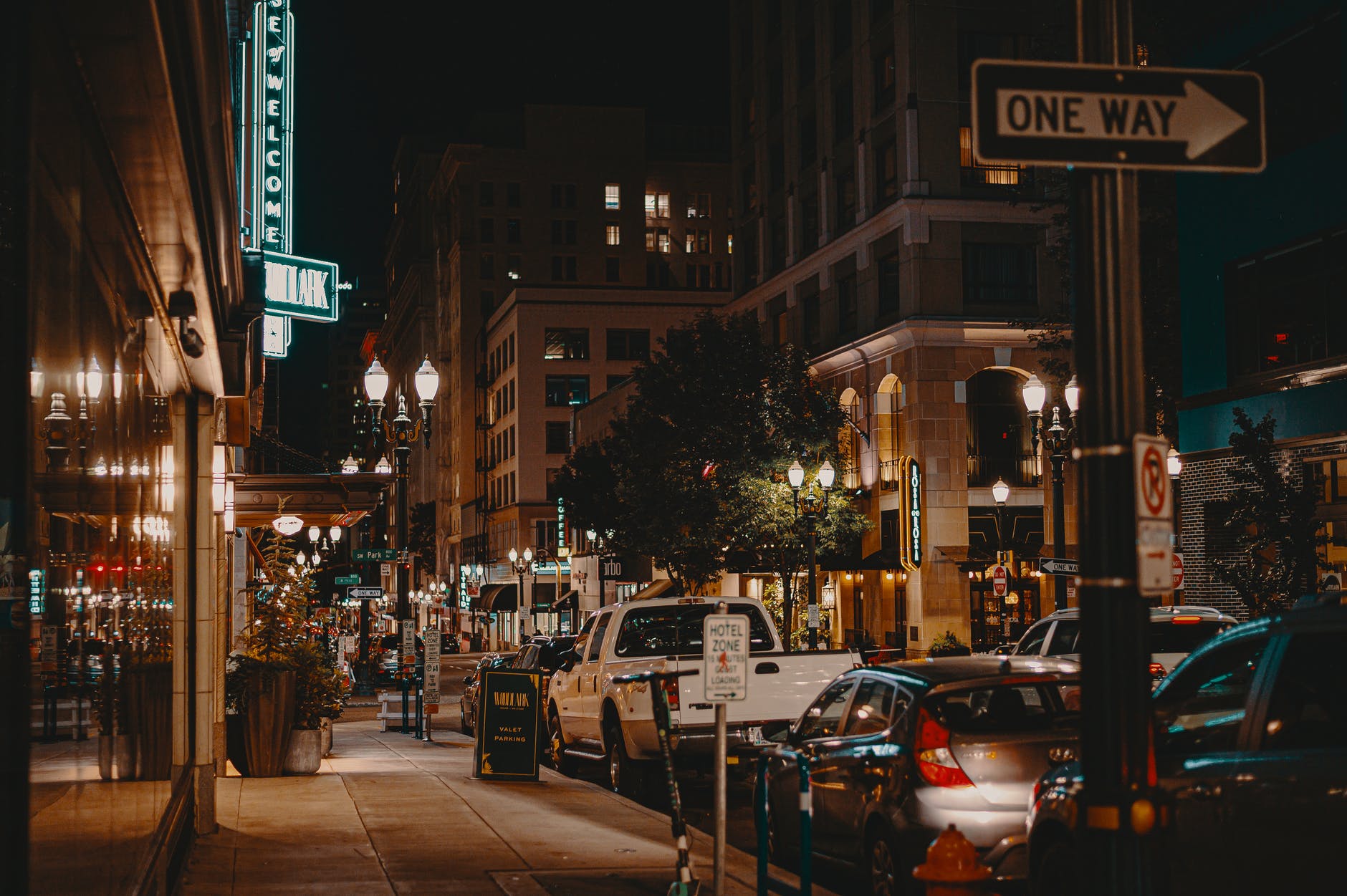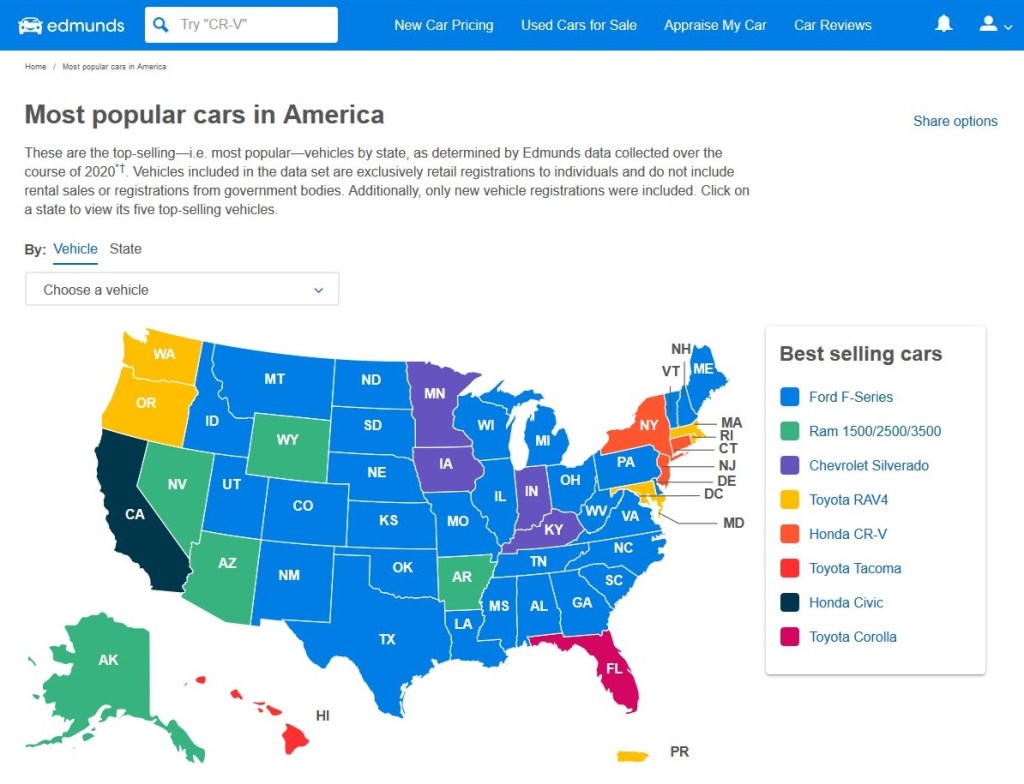What does religious practice, activity, and belonging look like in the American suburbs? Is it different than religiosity in other settings, particularly urban and rural settings? This can be hard to parse out. Because more Americans live in suburbs than other settings and because of the pervasive features of American religion, it can be difficult to know how different religious faith in the suburbs is from religious activity in the United States as a whole. But, here are three consistent ideas from scholars and pundits regarding what marks suburban religiosity.
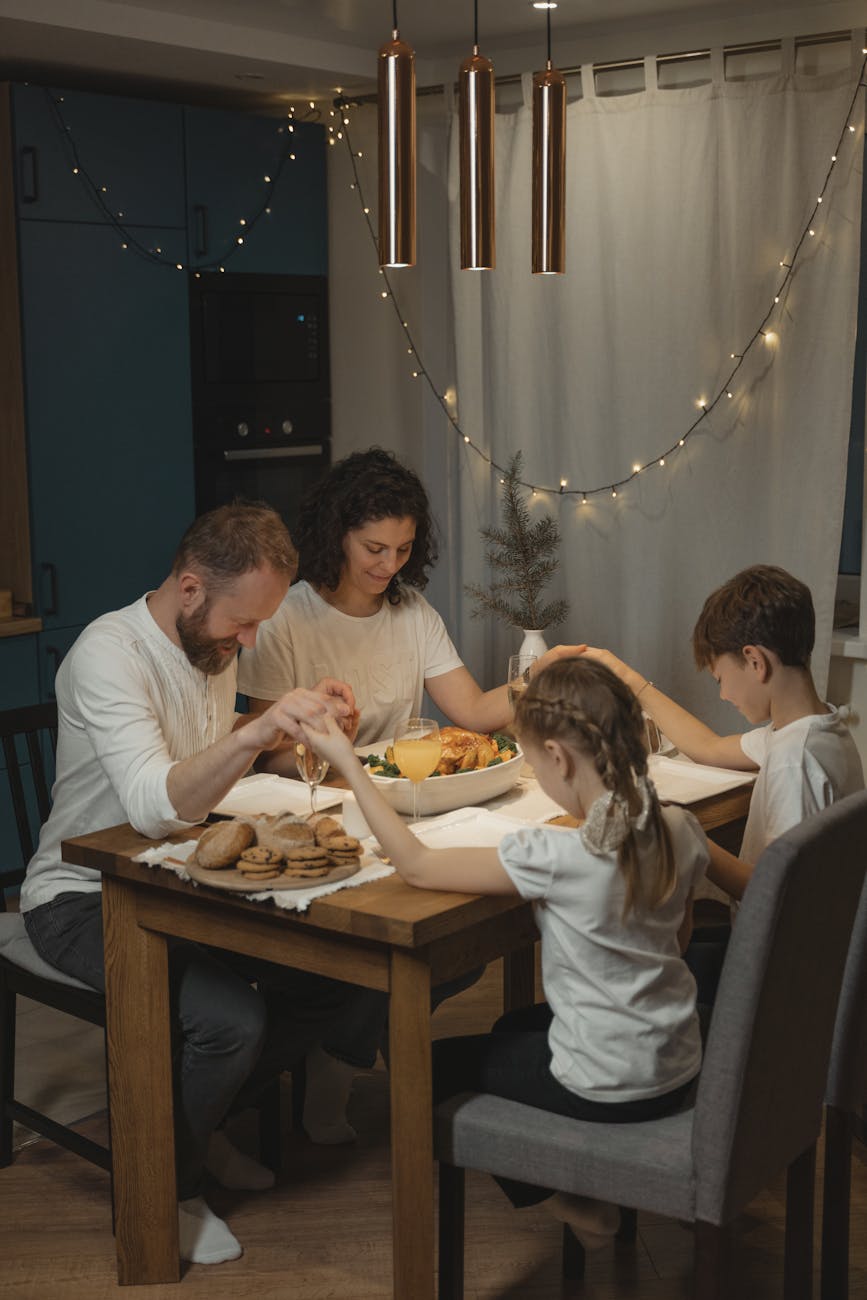
First, suburban religiosity is an individualized faith occasionally set within larger religious communities and traditions. If “Sheilaism” from Habits of the Heart was true generally of American religion in the 1980s, it could easily be placed in suburbia. Suburban residents, often with some means, make decisions for themselves about what to believe and practice. They have numerous options to explore, ranging from highly individualistic practices unique only to them to being part of large religious organizations with broad reach and influence. This individualistic approach has consequences; religious faith may be centered in nuclear families or religious small groups or disconnected from larger neighborhood or regional concerns.
Second, megachurches are often in suburbs. They are not exclusive to suburbs. But, the megachurch that we think of now begins to emerge in the postwar, suburban-dominated decades. These congregations are often in easy to access locations (near major roadways), offer high energy experiences, and draw people from near and far. The majority of American religious congregations are smaller with a median congregation under 100 people but suburban megachurches, think of a Willow Creek or Saddleback, have exerted outsized influence.
Third, religious congregations and practice have adapted to suburban lifestyles and patterns. This was a concern of critics in the postwar era: how could relatively wealthy suburbanites in comfortable settings practice their faith? Could religious faith challenge their lifestyles? It may be the concern of new residents in the suburbs today who wonder how their faith mixes with American life in the suburbs. Even with the amount of religious activity in the suburbs, can traditional religious practices, beliefs, and belonging in different traditions survive an encounter with American suburbs and their particular emphases? Given the amount of religious activity in suburbs, the answer appears to be yes – religion has survived – but it is probably not the same after interacting with suburbia.
How do we know these features of religiosity in the suburbs? The final post will look at sources for exploring this subject.



